

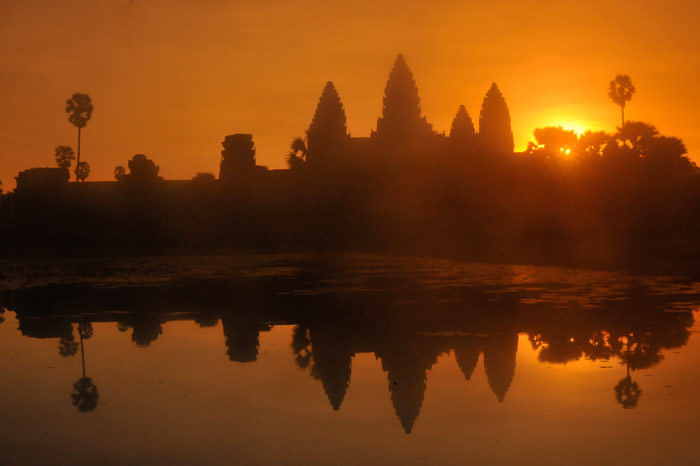 Angkor Wat, Cambodia
Angkor Wat, Cambodia
A reflection on calm water and colored photo filters added even more character to this silhouette.
“The traveler sees what he sees, the tourist sees what he has come to see.” – G.K. Chesterton
I remember one cold, rainy day in grade school our class had an art project that made a lasting impression on me. We had to outline our projected profile on the wall and trace the image onto a white piece of paper. We then cut the traced image onto a piece of black construction paper. Creating that self/silhouette portrait was a clever art lesson that has greatly influenced my photographic style and the way I observe my surroundings. For me, translating this technique to photography was seamless and natural.
Before the invention of the camera obscura or the simple box camera, the silhouette was the first real technique to capture a subject’s true profile portrait. Even today silhouette portraits have made a rebirth in popularity around the world. Silhouettes have returned as a specialized art form.
“A photograph is memory in the raw” – Carrie Latet
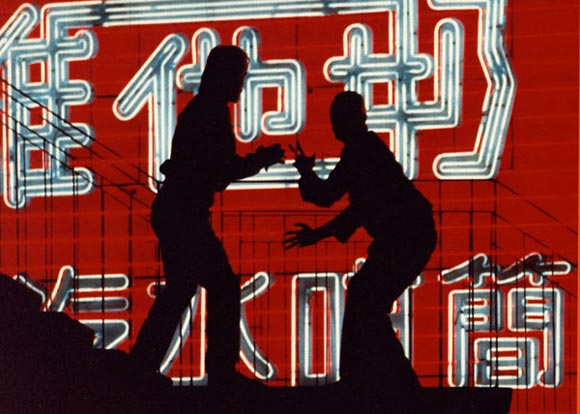 Hong Kong Island
Hong Kong Island
Sometimes bold background objects create a silhouetted frame within a frame revealing a perfectly exposed photograph.
Backdrops for silhouettes are actually quite easy to find. Every single day, there is a backdrop that is always available to you—the sky. Objects stand out clearly against a solid or cloud striated background and if you can capture colors in those clouds, then the end result can be even more striking. Bridges and tunnels are also good places to start to look for those fun silhouettes. Other locations may be piers, landmarks or monuments that have interesting architecture with striking and dramatic features.
Large windows and street lights offer heavy backlight that serves as a perfect backdrop for a striking silhouette.
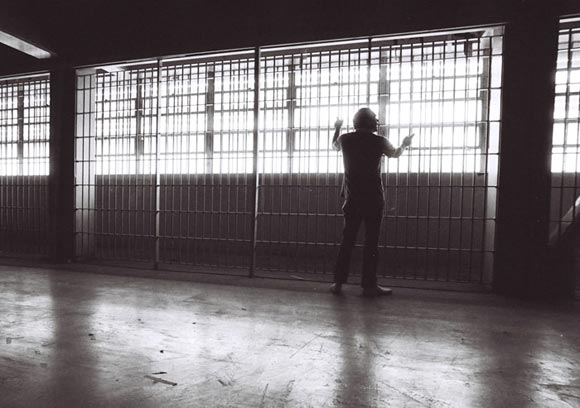 Los Angeles, California
Los Angeles, California
Silhouettes are all about finding striking subjects and locations that by contrast boldly focus the attention directly towards the point of interest.
Do keep in mind that a subject that may look dull in full light can come to life, create a mood or add drama when depicted as a silhouette. Now search for an interesting foreground subject that is uncluttered and has a strong, distinctive shape to complete the image. Let the silhouette tell the story and leave thirst to the viewer’s imagination.
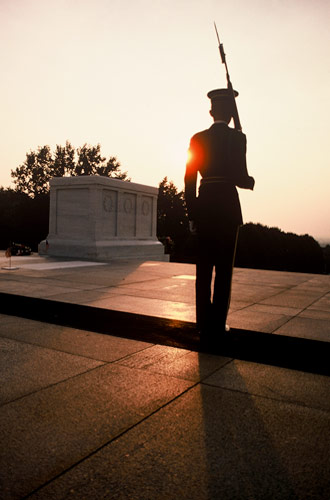
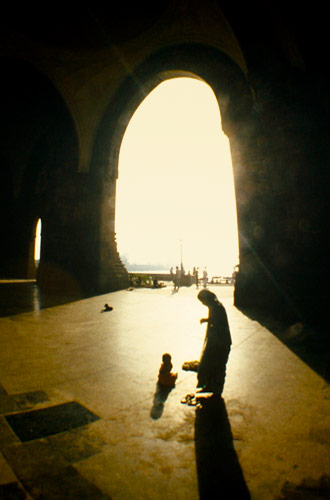
Expose for the background—it will be the field on which your silhouetted subject will play.
When shooting silhouettes the X factor is the time of day that determines the proper f–stop settings to use. When the sun is high in the sky the f–stop will be around the f/11 to the f/16 range. However, as the sun is rising or setting the exposure will be down in the f/4 to f/5.6 range depending on film/sensor ratings. Try to stay in the optimum range of the lens. Shooting wide open usually isn’t in the shooters best interest. Adjust the ISO/film to obtain the correct combination for the subject at hand.
To ensure a higher keeper ratio is to create a stable camera shooting platform for those long exposure shots. A lightweight tripod is included in my camera pack, so there is no question whether or not my images will be tack sharp. Yes, they are clumsy to carry but the results can be visually obvious. I also carry a small beanbag. It can quickly and easily be molded to fit an uneven surface, such as rocks, or it can be used as a great base for those low to the ground shots.
Tip: If you are capturing subjects that can move in the wind, try shooting at sunrise when the air movement is typically calmer.

Composition is key... Waiting for that perfect moment to capture your subject in the most dramatic section of your background creates a strong composition.
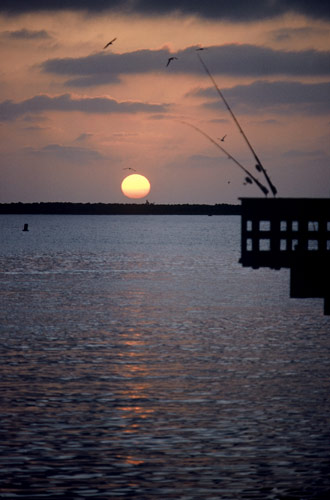
Sometimes the most beautiful and stunning images are simple silhouettes. You may plan and hunt for a scene or it may just magically appear.
I prefer the hard, pure, and deep black silhouette, so no flash is used. But from time to time, I also like to experiment with different looks. Consider a partial silhouette where there is still some remaining light or detail on part of the subject or try using fill flash and you can bring out even more detail. You can also really expand the photo range of your flash and add subtle fill light by experimenting with different colored and diffusion materials placed over the flash. And an off camera slave flash unit can sculpt and throw the light remotely to fill in your scene from afar. Note: A slave flash unit has a sensor that fires the flash when it senses the burst of flash from the camera’s built–in flash unit.
 Koh Samui, Thailand
Koh Samui, Thailand
At some point you may decide to use fill flash and diffusion materials (here I used tissue paper). At that time light balance comes into play and you lose your strong, bold silhouette but gain a kiss of detail on the foreground subject.
I view less than picture perfect conditions not as a negative but as a challenge and an opportunity for finding interesting subjects otherwise undiscovered. On some days it takes some effort and determination, but most important is the mindset tuned to explore. The world is my stage!
Have some fun with it. With proper exposure and karmic justice sunrises and sunsets will be your magnificent friends and anything you place in the viewfinder will be highlighted as a beautiful silhouette. Go out on your own personal "photo safari!" It could just be a short walk to the park to shoot the local birds or a stroll on the riverfront. It’s not about exotic locations or distant lands. It’s just about having your camera and hunting for that perfect photo.
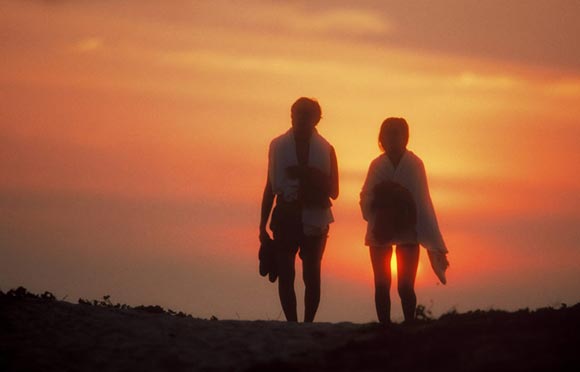 Cairns, Australia
Cairns, Australia
What story do you conjure in your mind?
The silhouette gives us the freedom to explore and express ourselves in a unique way. No expensive cameras or complicated formulas are needed to get stunning images. The simple silhouette tells a story. They are an interesting way to find and capture fun shots and enjoy the art of photography.
Happy hunting…
“People don’t take trips—trips take people.” – John Steinbeck